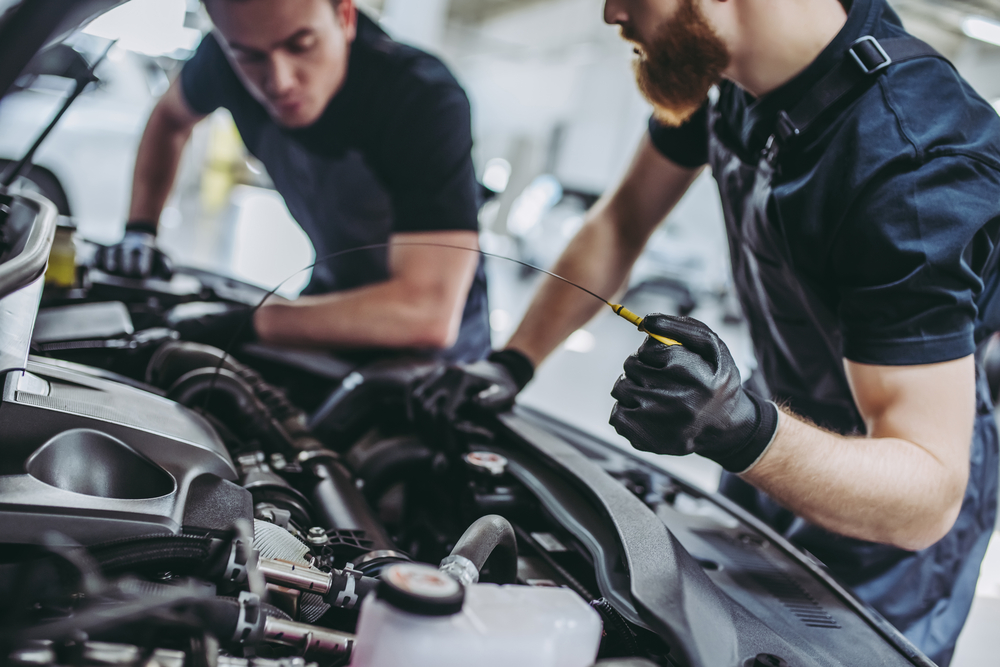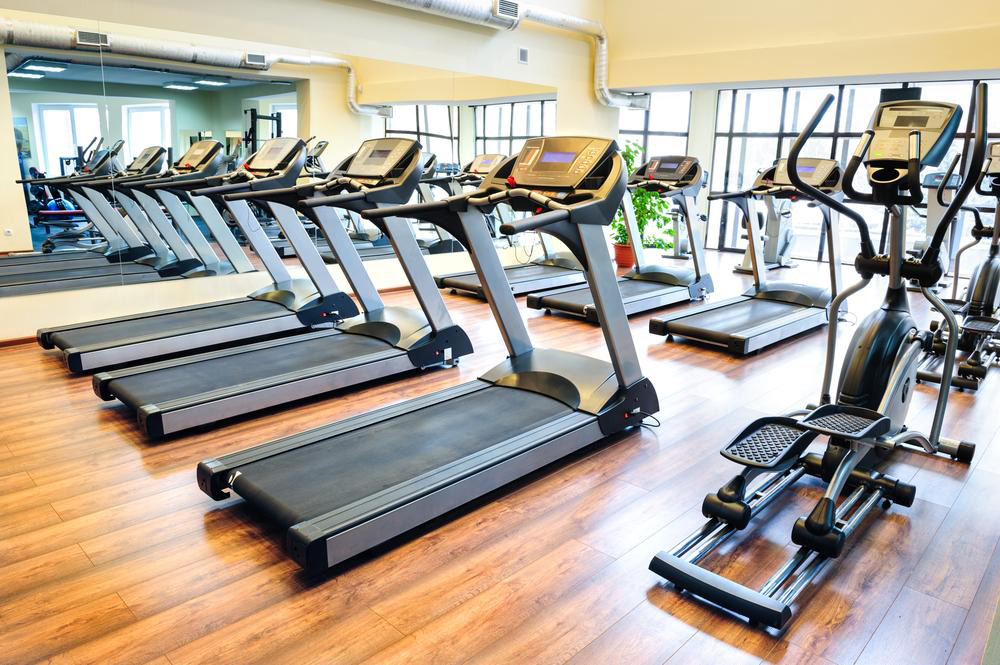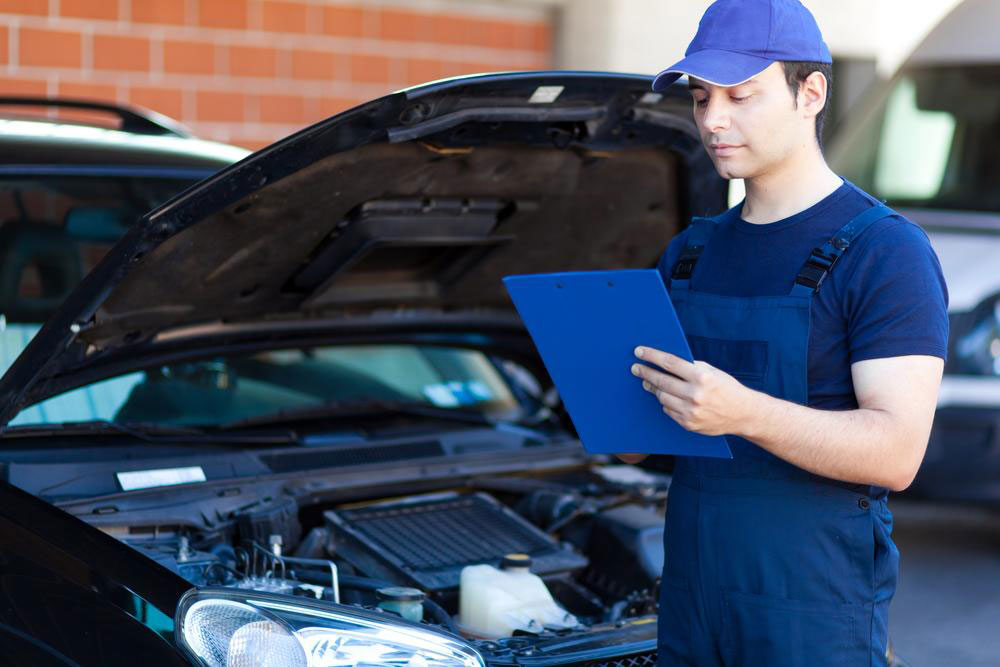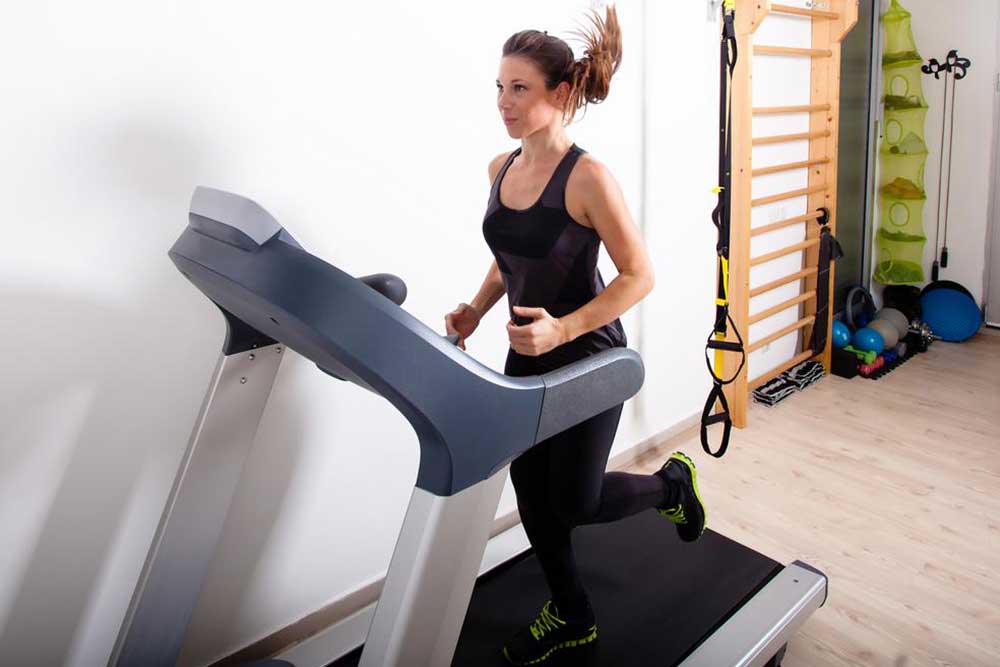Comprehensive Guide to Maintaining Your Home Gym Equipment for Longevity and Safety
This comprehensive guide covers essential maintenance tips to keep your home gym equipment in excellent condition. Regular inspections, cleaning, lubrication, and safety checks are vital for prolonging the lifespan of your fitness machines, ensuring safety, and maintaining optimal performance. Learn how to identify early issues, perform repairs, and schedule routine upkeep to prevent unexpected breakdowns and create a secure workout environment. Proper maintenance not only safeguards your investment but also guarantees a safe, efficient, and long-lasting home gym setup.
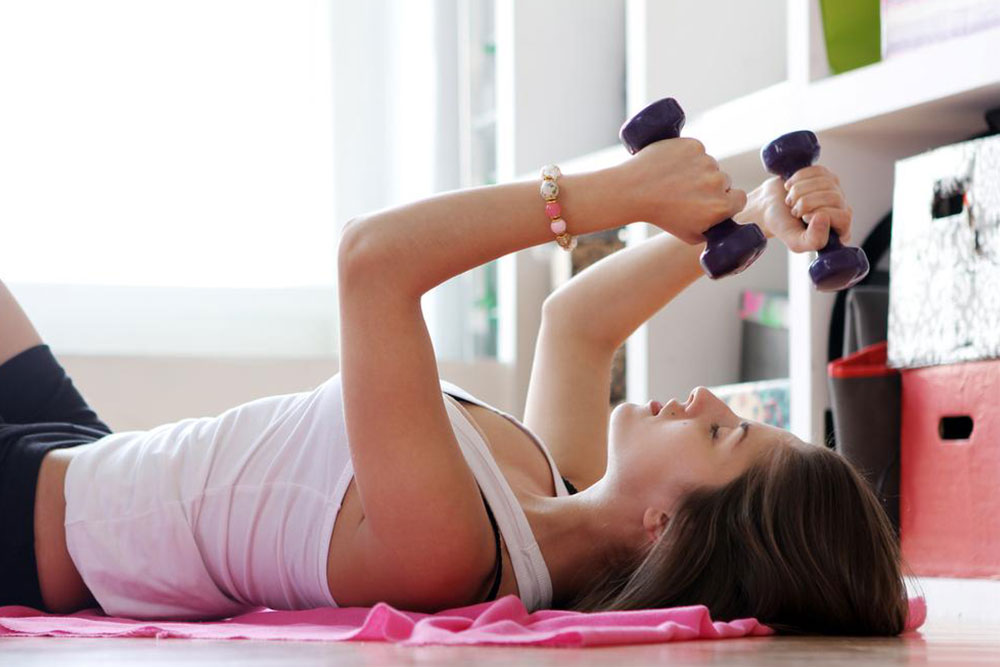
Effective Maintenance Strategies to Keep Your Home Fitness Equipment Running Smoothly
Owning a home gym offers unparalleled convenience and flexibility for maintaining a healthy lifestyle. However, to ensure your exercise equipment remains in optimal condition and provides safe, effective workouts, routine maintenance is essential. Regular upkeep not only prolongs the lifespan of your machines but also prevents unexpected breakdowns that could disrupt your fitness routine. Proper maintenance involves careful inspections, regular cleaning, lubrication of moving parts, and prompt repairs when issues arise. This detailed guide will walk you through comprehensive steps to keep your home gym equipment in top shape, ensuring safety and performance for years to come.
Thorough Equipment Inspections for Longevity
The first step in effective maintenance is conducting systematic inspections of all your gym equipment. Start by examining each piece for loose or missing hardware such as bolts, nuts, and screws. These fasteners can loosen over time due to regular use, causing instability or damage. Create a routine checklist to track what needs tightening or replacement. Use a quality wrench or screwdriver to secure loose parts, ensuring everything is firmly attached before your workout sessions. Performing these inspections weekly can prevent minor issues from escalating into major problems, saving money and time in repairs.
Identifying and Addressing Visible Wear and Damage
Visual assessment is crucial for detecting early signs of equipment deterioration. Regularly dust your machines using a clean, soft cloth to enhance visibility of cracks, rust, or corrosion. Pay special attention to weld points and joints for signs of fatigue or damage. If you notice any cracks, deformations, or significant wear, address them immediately. Small cracks left unchecked can grow and compromise the safety of the equipment. For visible rust or corrosion, use appropriate cleaners or rust removers to prevent further damage. Prompt repairs or part replacements ensure your equipment remains safe and reliable.
Monitoring Pulley and Cable System Integrity
Many home gym machines rely on pulleys and cables for smooth operation. These components are subject to fraying, kinks, and wear over time. During maintenance, carefully inspect all pulleys and cables for signs of damage. Replace frayed or kinked cables immediately, as they pose safety hazards during exercise. Additionally, ensure pulleys rotate freely, without obstruction or excessive resistance. Lubricate pulleys with manufacturer-approved lubricants to prevent squeaking and reduce friction, thereby extending their functional life. Regular inspections and replacements help prevent mechanical failures that could lead to injuries or costly repairs.
Proper Lubrication of Moving Parts
Moving components such as pivots, joints, and rollers require lubrication for optimal performance. Use high-quality lubricants designed specifically for fitness equipment. Apply the lubricant to all pivot points and moving mechanisms, taking care not to over-apply as excess lubricant can attract dust and debris. If unsure about the type or amount of lubricant needed, consult your equipment manufacturer’s guidelines or hire a professional technician. Proper lubrication reduces wear, minimizes noise during operation, and prevents mechanical failure, ensuring your equipment functions smoothly over time.
Inspecting and Maintaining Weight Stacks
If your home gym includes weight stacks, regular inspection is necessary to ensure safe operation. Check for corrosion, misalignment, or damage to the weight plates and guide rods. Ensure the weights move freely without obstruction, and the pins securely lock into the selected weight. If weights are sticking or making noises, clean the guide rods and apply appropriate lubricants to facilitate smooth movement. Damaged or obstructed weights could cause imbalance or accidents, so address any issues promptly by repairing or replacing defective parts. Maintaining weight stacks ensures safe and effective workouts without interruption.
Safety Device Functionality Checks
Safety mechanisms such as emergency stops, safety keys, and restraining devices are critical safety features. Regularly test these to confirm they function correctly. Insert safety keys and activate emergency stop buttons to verify their responsiveness. Ensure all protective covers and stops are securely in place and free of damage. These safety devices are designed to prevent injuries during workouts; their proper operation is vital. Document any malfunctioning parts and replace or repair them immediately. Routine safety checks instill confidence during exercise and help create a secure workout environment.
Ensuring Proper Equipment Positioning and Adjustment
Comfort and safety depend on the correct positioning of your gym equipment. Verify that all seating, handles, and operational positions are adjusted to your ergonomic specifications. Adjust seats, handlebars, and footplates as necessary to prevent strain or discomfort during exercise. Check for loose or damaged adjustment mechanisms, and repair or replace them if needed. Proper positioning not only optimizes workout efficiency but also reduces the risk of injury. Consistently reviewing and adjusting equipment positioning ensures a comfortable and safe workout experience.
Incorporating these comprehensive maintenance practices into your routine guarantees your home gym remains safe, reliable, and efficient. This proactive approach minimizes downtime, maximizes equipment lifespan, and enhances overall workout safety. Scheduling regular maintenance checks—monthly, quarterly, or biannually—based on usage levels will help keep your fitness setup in prime condition. Remember, a well-maintained gym not only helps you achieve your health goals but also provides peace of mind while exercising. Invest in proper upkeep and enjoy the long-term benefits of a safe, effective home gym.
